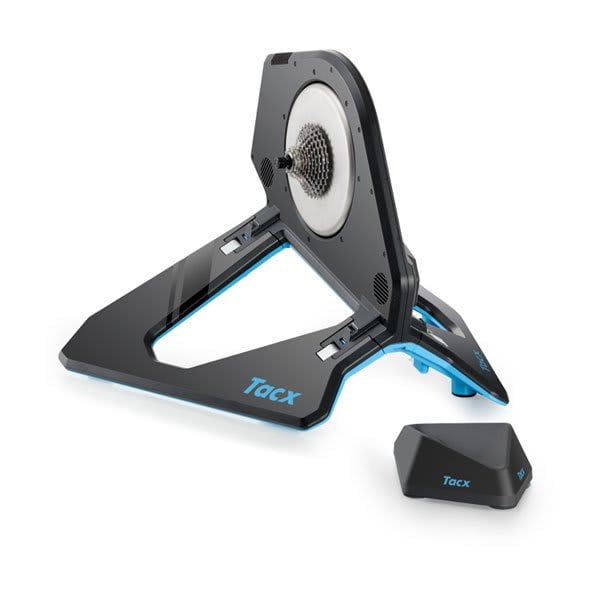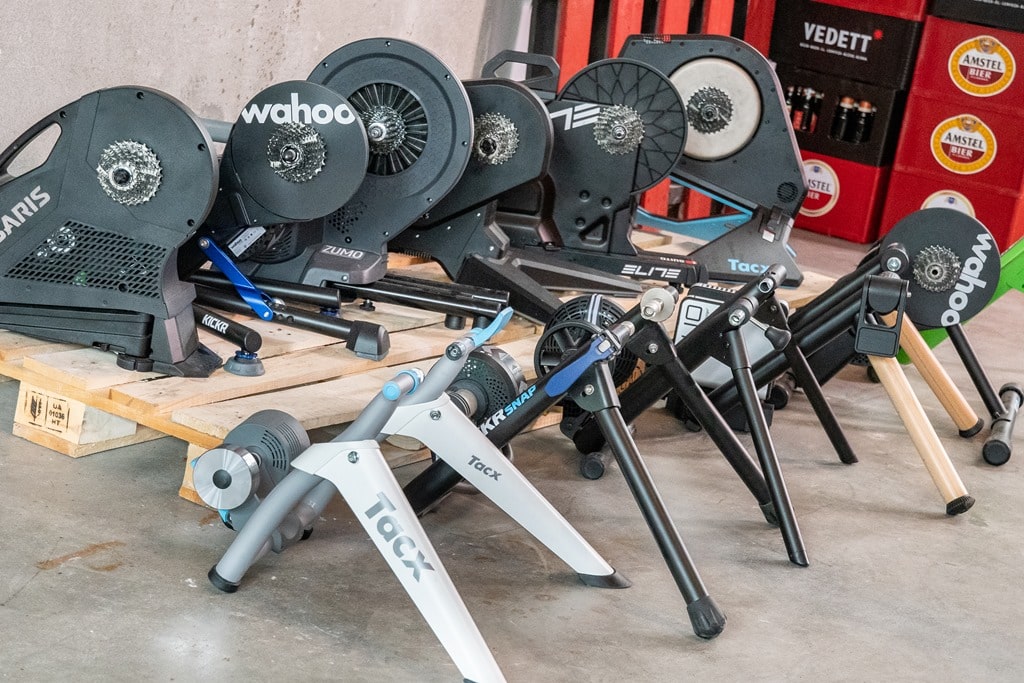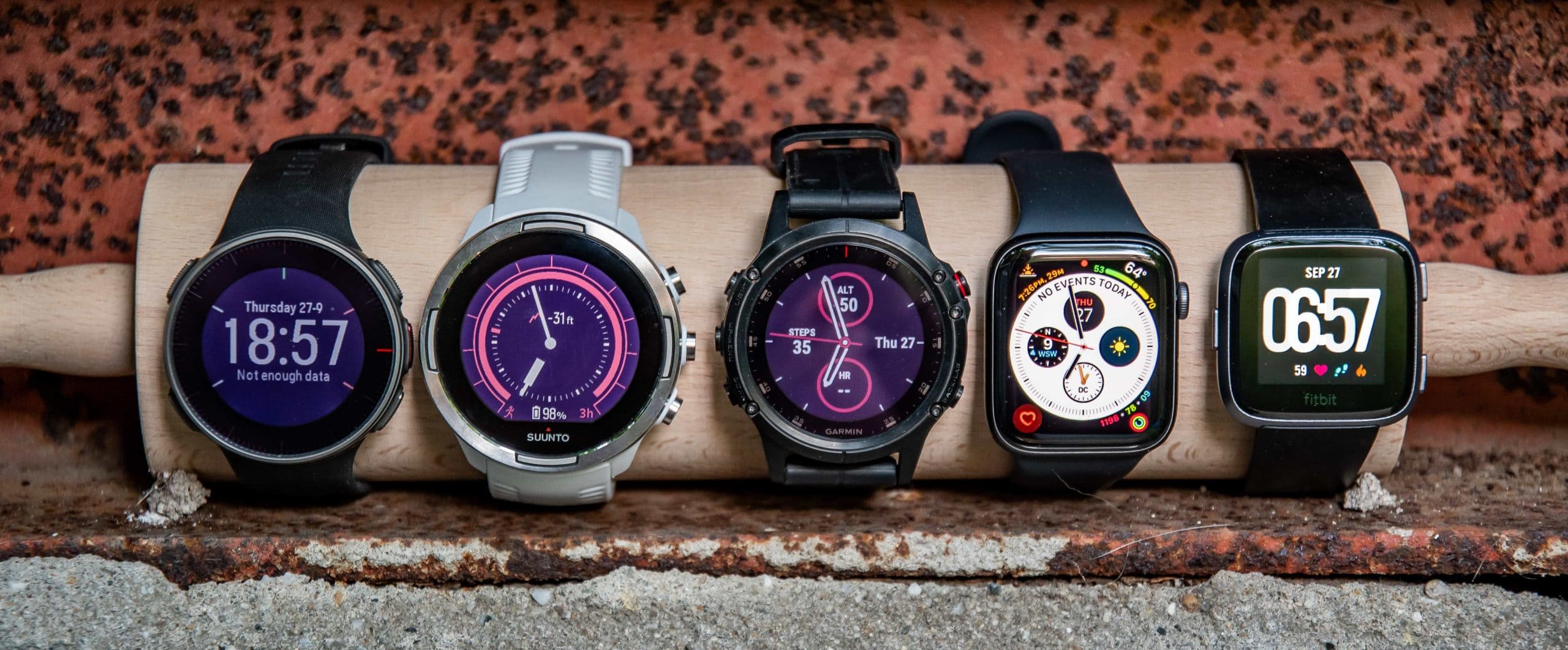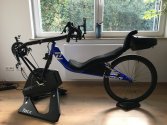Coming in from left field here...
Thirty-whatever years ago, before wheel-off smart trainers, computer apps, and Cruzbike, I relied on my music library by ripping 60-minute trainer CDs, with each song carrying a steady beat that led to a cadence ranging from 80 to 110 rpm. For the "slower" songs, I would shift into a harder gear and pretend I was climbing at that lower cadence. For "faster" songs, I would spin an easier gear, but keep the cadence high, as if in pursuit. Each song was like an interval, and over the 60 minutes, I would end with a pretty varied and vigorous workout. It all relied on gear selection up against the dumb-trainer's resistance unit, as dictated by the beats per minute of the next song.
Of course, CDs gave way to streaming, and now I have one big playlist of about 1500 songs just for the trainer. Hit shuffle and go!
By the time I was riding a V20, smart trainers were here. I didn't have a bike I could dedicate to a trainer, and I didn't want to hassle with the front wheel business of repeatedly mounting and removing a V from a wheel-off trainer, so I subscribed to Zwift and bought a wheel-on Wahoo Kickr. Zwift took a little getting used to, but I got the hang of it. The Kickr, on the other hand, I did not like. The idea behind a smart trainer, as I understand it, is that you should not really have to use your shifters; the ERG changes your resistance to match the simulated terrain while you stay in one gear. But for me, the ERG was making decisions for me that I would not make myself if I were riding on the road, usually resulting in me having to push harder on the pedals than I would on a real ride. To keep my knees happy, I could either push less hard, shift to an easier gear for more spin, or adjust the ERG to a milder setting. Either way, my virtual speed would drop, and I would spend the rest of my trainer session watching avatars zipping merrily by me while I crept along. Trainer riding already demands high levels of motivation; feeling virtually slow while working hard was not going to fly.
I missed being in control of my own cadence. I also missed my music, and came to understand how much those songs drove the intensity of my trainer sessions. I still listened to my music with the Kickr, but the ERG rarely let my cadence sync with the beats per minute of the songs. The music had become just music, not its own driving force as it had always been. In short, I missed my dumb trainer. I sold the Kickr, went back to my Kurt Kinetic Road Machine, added the $50 In Road sensor to make it a semi-smart trainer that allows me to connect to Zwift, and I've been happily sailing along in the virtual world ever sense--back in control of my shifting, cadence, and output as I bang away to Metallica, Iron Maiden, Anthrax, etc. In truth, half the time I have my eyes closed as I listen to the music, not even watching the screen, as Zwift really just becomes a way to post something quantifiable on Strava. When I do watch the screen, my avatar holds its own with the rest.
I know that I don't reflect the majority view, and that I probably sound like an old crank, but for me in this case, the new did not successfully replace the old because it made the simple more complicated than it needed to be.







